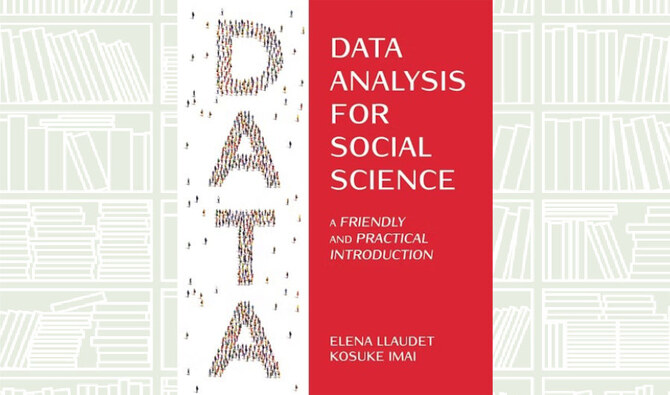Photographer Christopher Wilton-Steer’s recently published book “The Silk Road: A Living History” is more than just a travelogue or photo collection. Adorned with 150 original photographs, alongside personal reflections, it is a vivid reminder of the shared history that connects us all.
The Silk Road, which began during the Han Dynasty around 130 B.C., played a pivotal role in facilitating the exchange of goods, cultures and ideas. By the 15th century, however, its influence began to wane.
Wilton-Steer set out to build a new bridge between the past and present, and between the old and new.
Undertaken just before the COVID-19 pandemic reshaped the world, Wilton-Steer retraced that historic Silk Road path between July and November 2019, traveling 40,000 km using trains, buses, camels and horses to fully immerse himself in the places he visited.
He took the scenic route, and let his shutter do the talking. Photographs were taken in such places as Iran, Turkmenistan, Uzbekistan, Tajikistan, Kyrgyzstan, Pakistan, India, and, of course, China.
As the head of communications at the Aga Khan Foundation, a global nonprofit organization that works to improve quality of life in underdeveloped regions, the London-based Wilton-Steer brought his vision to life.
After a pause due to worldwide lockdowns, his photographs from the journey were displayed at an open-air exhibition in 2021 at London’s King’s Cross, featuring almost 100 photographs. Then, a more intimate selection was showcased at the Aga Khan Park in Toronto, lasting until May 2022.
Now, you can travel the Silk Road in the form of the book, without leaving your living room.
What makes “The Silk Road” stand out is the combination of visuals with the author’s personal insights.
He offers a fresh, personal perspective on the historic trade route that connected the East and West for more than 1,600 years. His writing explores the exchanges that took place on the Silk Road, which continues to shape life today.
From the bustling markets or ancient ruins, his insights add depth to the images.
The foreword by historian Peter Frankopan provides historical context, but it is Wilton-Steer’s own voice that really makes it worth a look.
Through his lens, we are reminded that history is not just something of the past — it is very much alive today. And if a photo can tell 1,000 words, there are many more to tell.
The Silk Road is no longer merely a mythical path you read about in history books. This book brings it to the present.
Published by Hemeria, a publisher specializing in high-quality photo books, “The Silk Road: A Living History” can be a great addition to your coffee table or bookshelf.
























